Description
DERMOVATE 0.05% OINTMENT 5G
Description :
Each gram of cream and ointment contains clobetasol propionate 500 mcg (0.05% w/w).
The water-miscible cream and paraffin-based ointment are both white in appearance.
Indications / Uses :
Adults, elderly and children >1 year for the relief of the inflammatory and pruritic manifestations of steroid-responsive dermatoses. These include the following: Psoriasis (excluding widespread plaque psoriasis), recalcitrant dermatoses, lichen planus, discoid lupus erythematosus, other skin conditions which do not respond satisfactorily to less potent steroids.
Administration :
May be taken with or without food: May be taken w/ meals to reduce GI discomfort.
Contraindications :
Untreated cutaneous infections, rosacea, acne vulgaris, pruritus without inflammation, perianal and genital pruritus, perioral dermatitis. Dermatoses in children <1 year, including dermatitis.
Special Precautions :
Dermovate should be used with caution in patients with a history of local hypersensitivity to corticosteroids or to any of the excipients of Dermovate. Local hypersensitivity reactions (see Adverse Reactions) may resemble symptoms of the condition under treatment.
Manifestations of hypercortisolism (Cushing’s syndrome) and reversible hypothalamic-pituitary-adrenal (HPA) axis suppression, leading to glucocorticosteroid insufficiency, can occur in some individuals as a result of increased systemic absorption of topical steroids. If either of the previously mentioned conditions are observed, withdraw the drug gradually by reducing the frequency of application or by substituting a less potent corticosteroid. Abrupt withdrawal of treatment may result in glucocorticosteroid insufficiency (see Adverse Reactions).
Risk Factors for Increased Systemic Effects: Potency and formulation of topical steroid; duration of exposure; application to a large surface area; use on occluded areas of the skin [eg, on intertriginous areas or under occlusive dressings (in infants, the nappy may act as an occlusive dressing)]; increasing hydration of the stratum corneum; use on thin skin areas eg, the face; use on broken skin or other conditions where the skin barrier may be impaired.
In comparison with adults, children and infants may absorb proportionally larger amounts of topical corticosteroids and thus, be more susceptible to systemic adverse effects. This is because children have an immature skin barrier and a greater surface area-to-body weight ratio compared with adults.
Infection Risk with Occlusion: Bacterial infection is encouraged by the warm, moist conditions within skin folds or caused by occlusive dressings. When using occlusive dressings, the skin should be cleansed before a fresh dressing is applied.
Use in Psoriasis: Topical corticosteroids should be used with caution in psoriasis as rebound relapses, development of tolerances, risk of generalized pustular psoriasis and development of local or systemic toxicity due to impaired barrier function of the skin have been reported in some cases. If used in psoriasis, careful patient supervision is important.
Concomitant Infection: Appropriate antimicrobial therapy should be used whenever treating inflammatory lesions which have become infected. Any spread of infection requires withdrawal of topical corticosteroid therapy and administration of appropriate antimicrobial therapy.
Chronic Leg Ulcers: Topical corticosteroids are sometimes used to treat the dermatitis around chronic leg ulcers. However, this use may be associated with a higher occurrence of local hypersensitivity reactions and an increased risk of local infection.
Application to the Face: Application to the face is undesirable as this area is more susceptible to atrophic changes. If used on the face, treatment should be limited to only a few days.
Effects on the Ability to Drive or Operate Machinery: There have been no studies to investigate the effect of Dermovate on driving performance or on the ability to operate machinery. A detrimental effect on such activities would not be anticipated from the adverse reaction profile of Dermovate.
Impairment of fertility: There are no data in humans to evaluate the effect of topical corticosteroids on fertility. Clobetasol administered SC to rats had no effect on mating performance; however, fertility was decreased at the highest dose (see Toxicology under Actions).
Use in pregnancy: There are limited data on the use of Dermovate in pregnant women. Topical administration of corticosteroids to pregnant animals can cause abnormalities of fetal development (see Toxicology under Actions).
The relevance of this finding to humans has not been established. Administration of Dermovate during pregnancy should only be considered if the expected benefit to the mother outweighs the risk to the fetus. The minimum quantity should be used for the minimum duration.

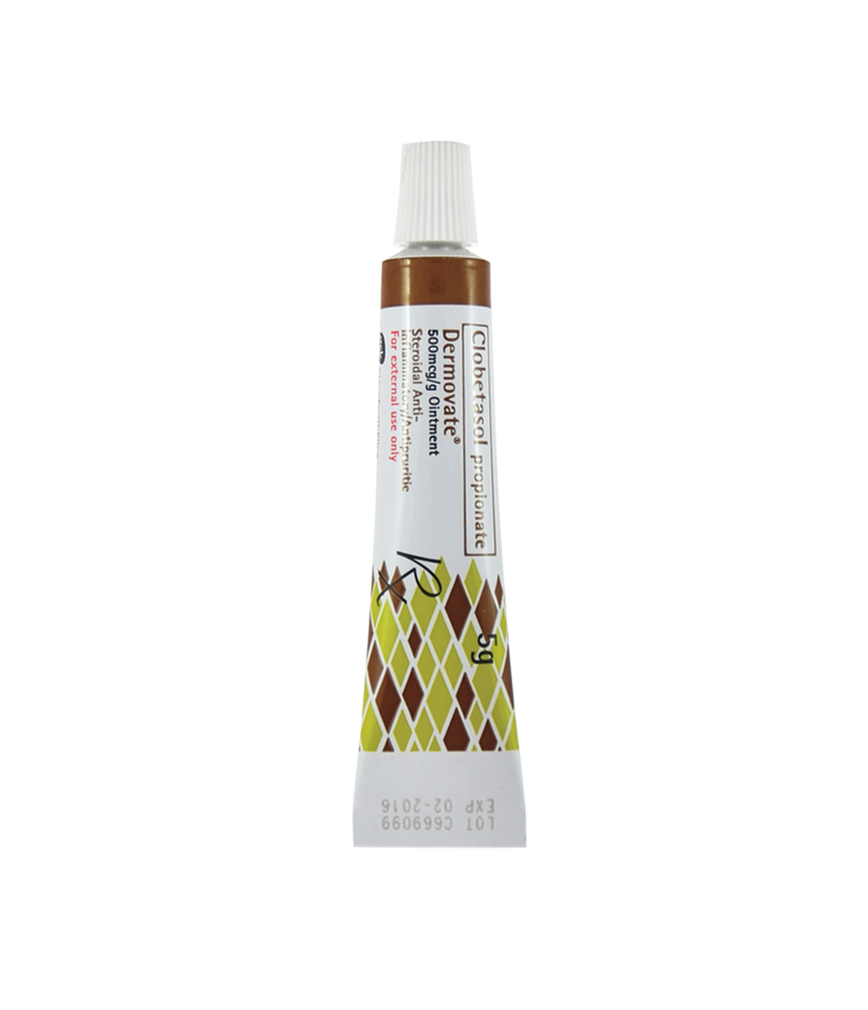
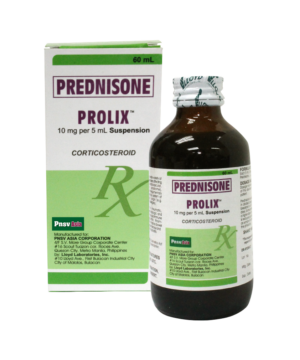



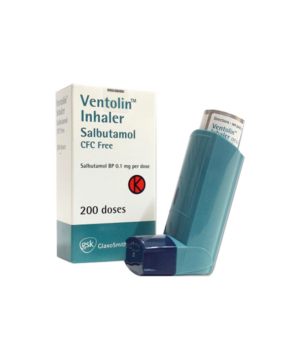
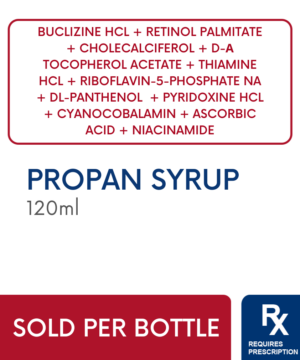
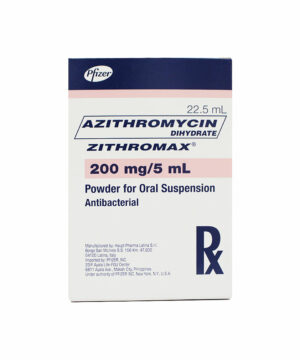
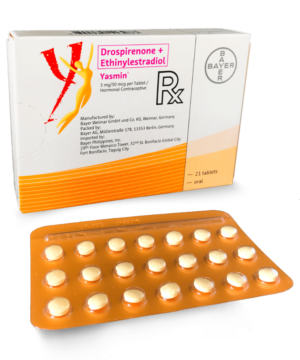



Reviews
There are no reviews yet.